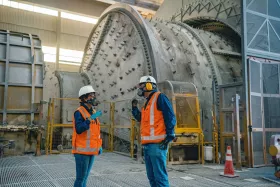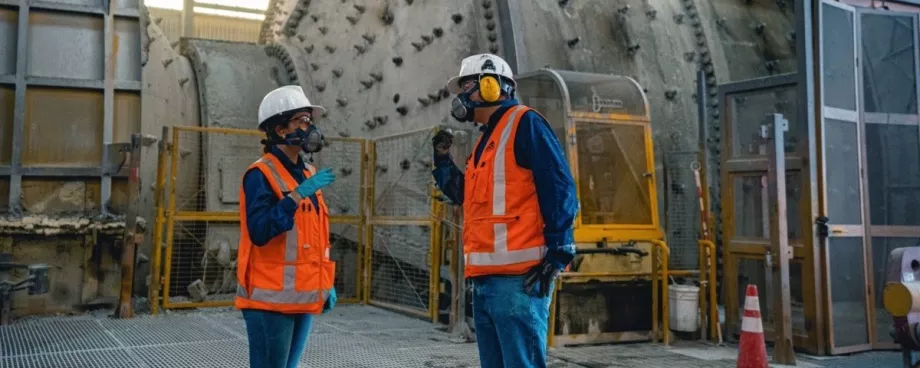
BHP Chief Technical Officer Laura Tyler said by augmenting new digital technology capabilities with new ways of working, the team at Escondida is well-positioned to generate more value from an existing resource.
“We expect the next big wave in mining to come from the advanced use of digital technologies. As grades decline at existing copper mines and fewer new economic discoveries are made, next-generation technologies like artificial intelligence, machine learning and data analytics will need to be used to unlock more production and value from our existing mines,” she said.
BHP estimates the world would need to double the amount of copper produced over the next 30 years, relative to the past 30, to keep pace with the development of decarbonisation technology such as electric vehicles, offshore wind and solar farms assumed under its 1.5 degree scenario1.
“We are excited to partner with BHP on this transformative project that demonstrates the power of AI, machine learning and cloud technologies”, said John Montgomery, CVP, AI Platform at Microsoft.
By using real-time plant data from the concentrators in combination with AI-based recommendations from Microsoft’s Azure platform, the concentrator operators at Escondida will have the ability to adjust operational variables that affect ore processing and grade recovery.
BHP is a top three global producer of copper and has the largest copper endowment of any company globally2. BHP has operated Escondida, an open-cut mine located in the Atacama Desert in the Antofagasta Region of northern Chile, for over 30 years.
1 For information about the assumptions, outputs and limitations of this 1.5°C scenario refer to the BHP Climate Change Report
2020 available at bhp.com.
2 Based on ownership interest. Peers include: Anglo American, Antofagasta, Codelco, First Quantum Minerals, Freeport,
Glencore, Rio Tinto, Southern Copper and Teck. Source peers: Wood Mackenzie Ltd, Q1 2022.
■

















